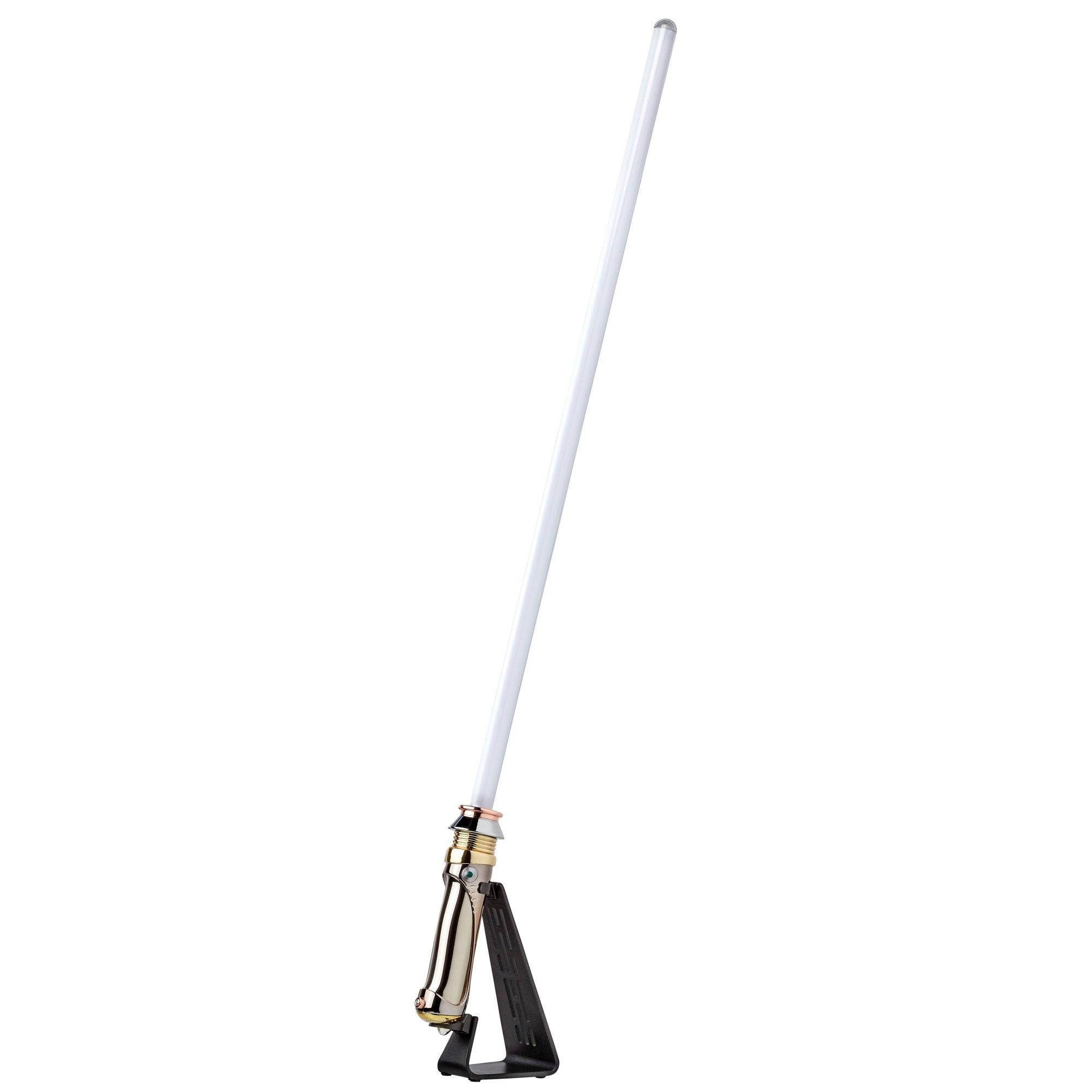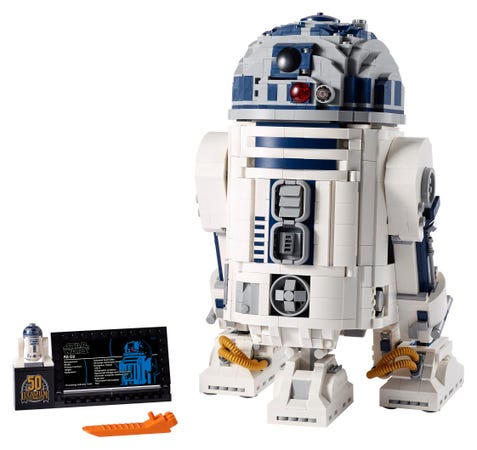Little People Fisher-Price Little People 1-2-3 Babies Playdate Musical Playset with 3 Multi-color Baby Dolls
Folding, take-along Little People Babies playset with 2 sides of play, plus lights, music, and Smart Stages learning content. Kids can care for the babies with familiar actions like feeding, nap time, and playtime (inside and outside!).
Grab a snack and pull up a horse, the cloud’s “magical” light show is about to begin. With the Little People 1-2-3 Babies Playdate playset from Fisher-Price, toddlers can act out their own exciting playdates for three adorable babies featuring fun lights, music, sounds and removable play pieces. From blending up tasty snacks in the blender, playing on the rocking horse, and rocking the babies to sleep in the cradle, there’s so much for kids to do with this folding, take-along playset. And with Smart Stages technology, you can switch up the content as your tiny caregiver grows, helping them learn about numbers, colors, shapes, and more with songs, sounds and phrases.
Fisher-Price Little People 1-2-3 Babies Playdate Musical Playset with 3 Multi-color Baby Dolls:
- Age Range: 1.5 to 5 Years
- Folding, take-along Little People Babies playset with 2 sides of play, plus lights, music, and Smart Stages learning content
- Kids can care for the babies with familiar actions like feeding, nap time, and playtime (inside and outside!)
- Press or twist the activations for lights, sounds, music and fun actions
- Playset comes with 3 babies figures and rocking horse, feeding table and spoon play pieces
- For toddlers and preschool kids ages 1.5-5 years
Additional information
| Model | GLT76 |
|---|---|
| Manufacturer Part Number | GLT76 |
| Assembled Product Weight | 5.95 lbs |
| Assembled Product Dimensions (L x W x H) | 25.59 x 20.47 x 13.39 Inches |






by Vickie
Larger size little people.
by Theresa
Gifted to 2 years old and she loved to play with it. Quality is good and most important it keeps busy them 🙂
by Sherry
it was bigger than I expected my girls love it.
by Colleen
My 2 year old granddaughter loves playing with it.
by Kyle
My 16 month old loves this toy. She carries the babies all over. She loves putting them though the door. The music is catchy. It folds up really nice which is great for small play areas. We hardly ever have it put away. A couple days ago she lost the baby with the pink hat and we are super sad now! It was her favorite!
by Gina
ok so I had no idea it was so big! my baby’s haven’t used it as their bday is a week away but my sister and I tried out all the buttons and stuff and it is SO COOL! I have no idea how a kid wouldn’t love this! I can not wait to give it to them!
by Diane
Busy busy busy children!!!….little people keep them busy for hours, especially if they have more than one playset.
by Todd
Nice lil set up for toddlers.
by Crystal
The toy seems to be just fine but I was SHOCKED when I discovered that it had been shipped and delivered without being placed in a box! It literally looked like someone took it off the shelf at the store and sat it on my porch. Because this toy isn’t fully enclosed in the packaging, meaning that it has places where the toy is exposed so that you can touch it, I was instantly concerned that it would be filthy or scuffed up. Luckily it was not. I would have given it a 5 star rating but just couldn’t because of this unsatisfactory shipping method. I ordered several other toys that I really hope don’t arrive in the same manner.
by Olga
my granddaughter loves.